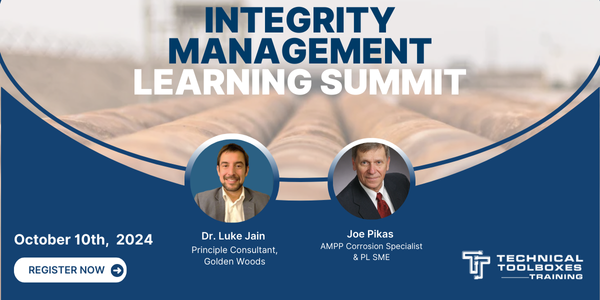PRCI OBS (V4) - Features and Upgrades Overview
-
Author: PRCI
Kourosh Abdolmaleki
Ben Motevalli
INTECSEA, Worley Group -
Level: Advanced
-
Study time: 0.5 hours
Write your awesome label here.
PRCI-Pipeline Research Council International
ABOUT PRCI
PRCI is a community of the world’s leading pipeline companies, and the vendors, service providers, equipment manufacturers, and other organizations supporting the industry.
PRCI is dedicated to assuring the maximum efficiency of research development and deployment through a highly leveraged funding model of member and external funding, information sharing, cooperative research development, and the broad dissemination and application of its results.

